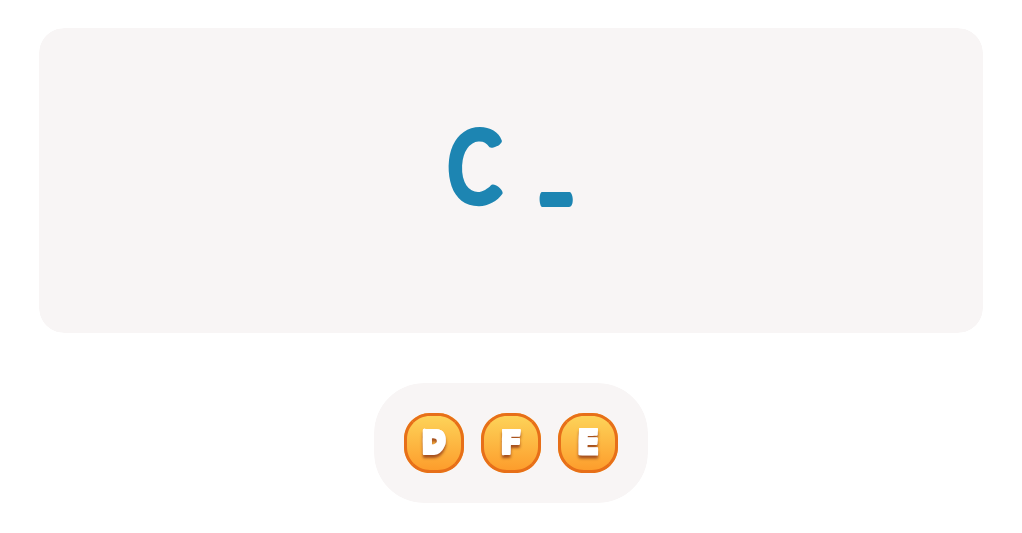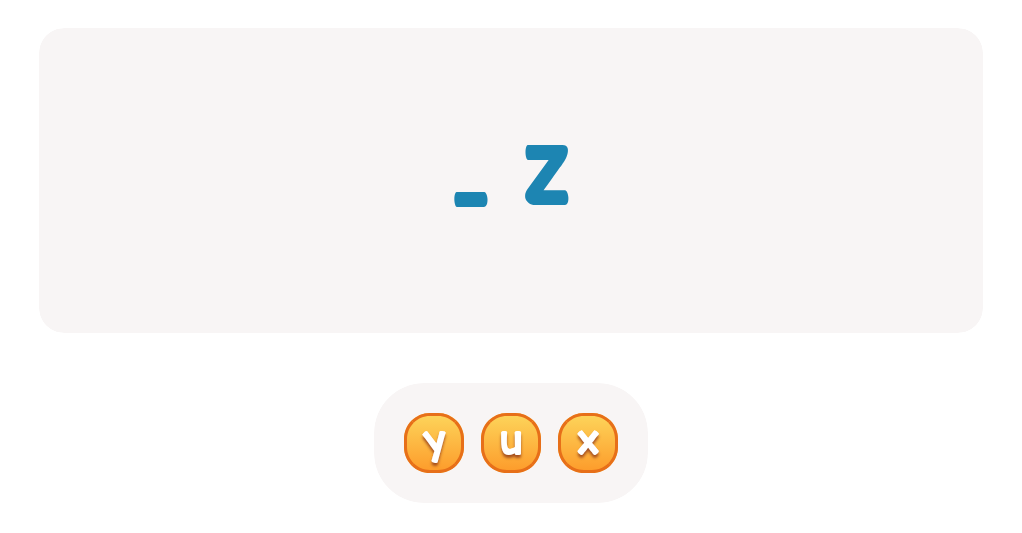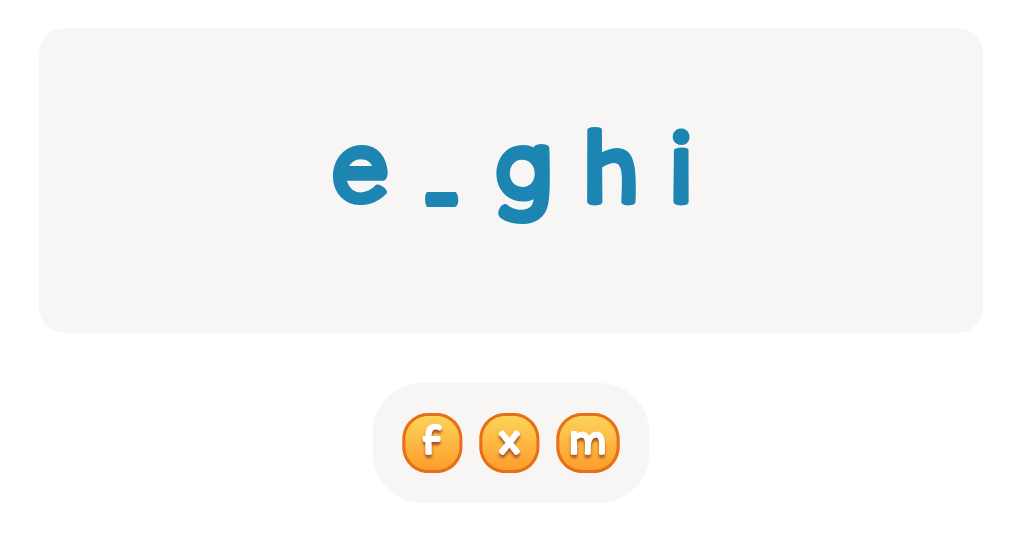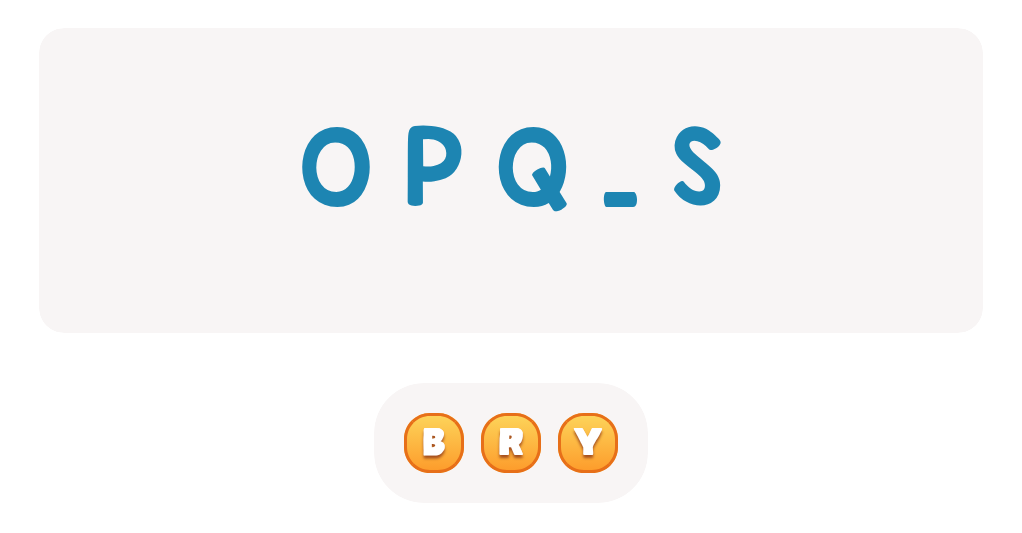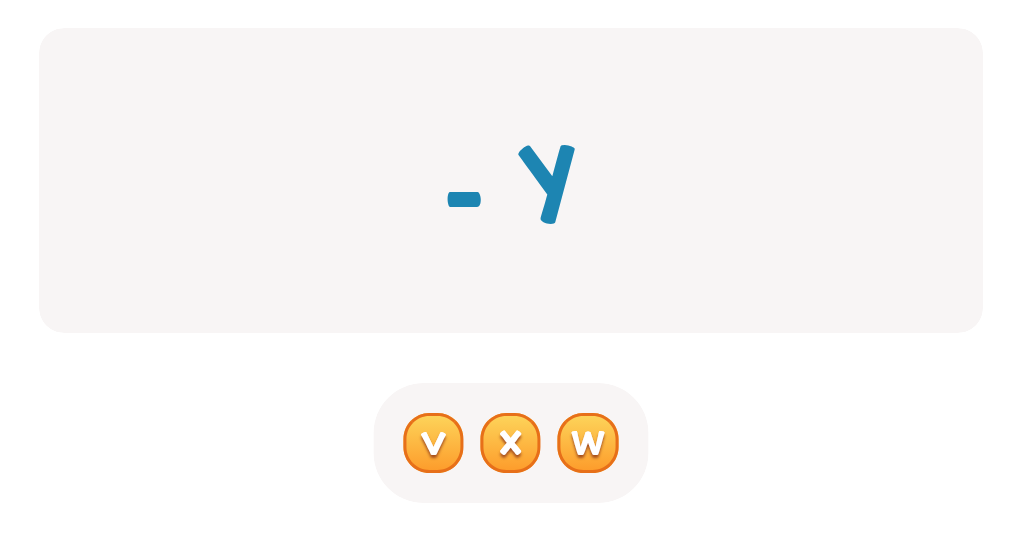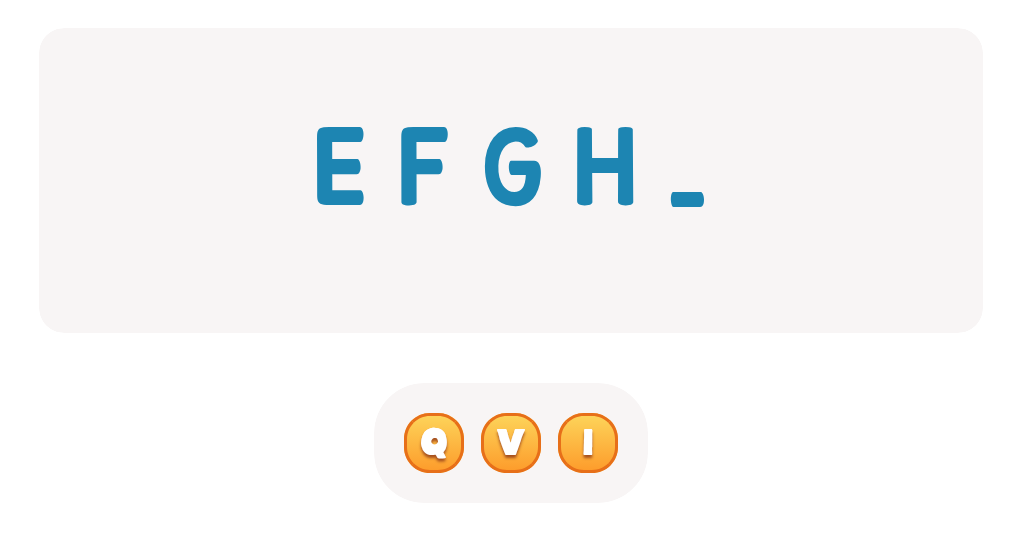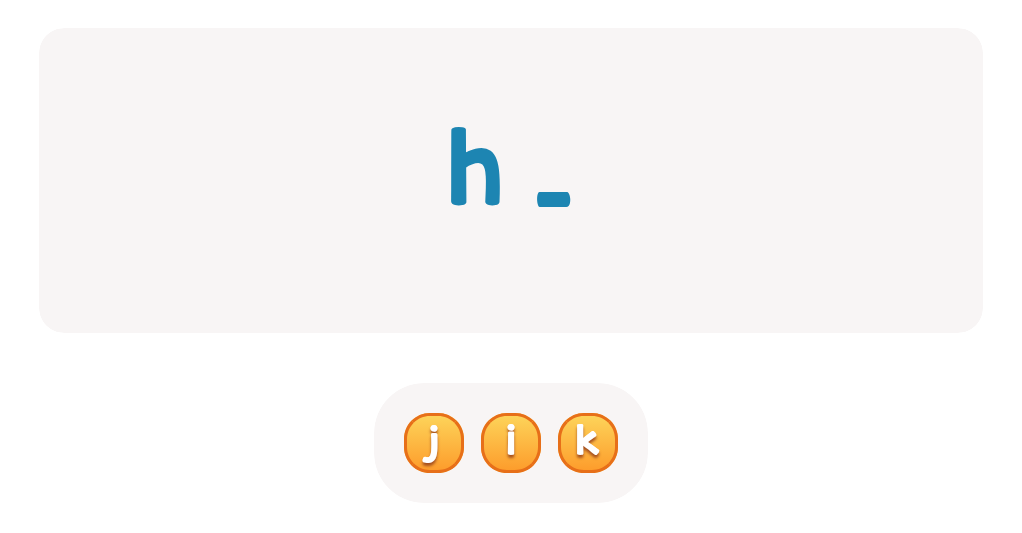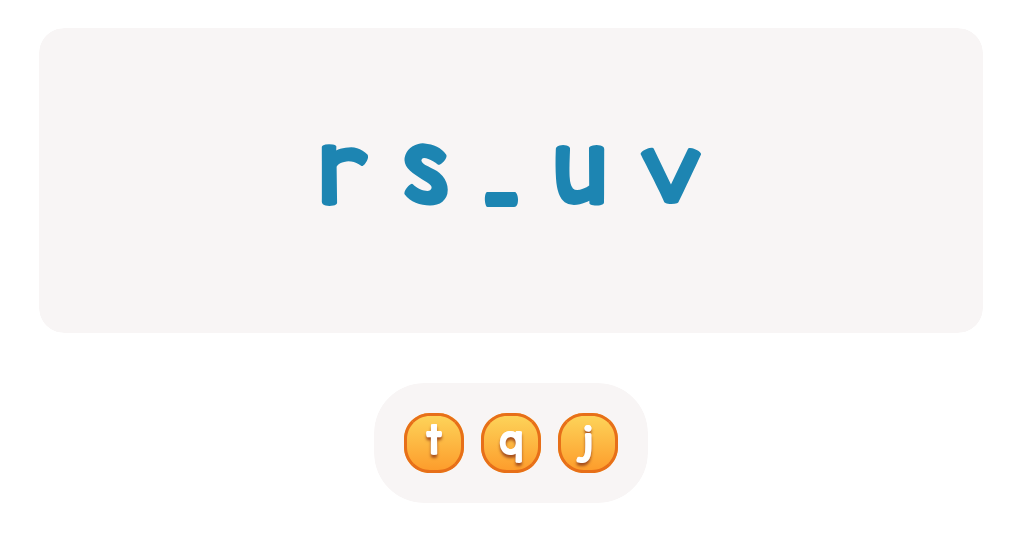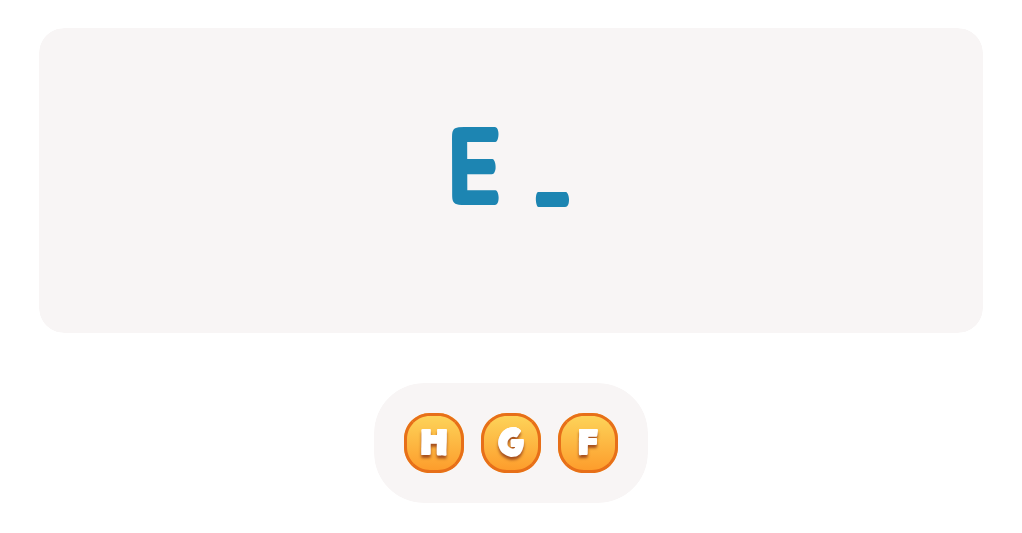Alphabet Recognition Normal Upper & Lowercase Letters Worksheets for Ages 4-8
19 filtered results
-
From - To
Explore our comprehensive Alphabet Recognition Worksheets, perfect for children ages 4-8, that focus on both uppercase and lowercase letters. Our engaging, printable worksheets are designed to enhance letter recognition skills, build a solid foundation for reading, and make learning fun through various interactive activities. Each worksheet provides ample practice through tracing, matching, and writing exercises to reinforce mastery of the alphabet. These resources are ideal for both classroom use and at-home learning. Help your child unlock the door to literacy with our expertly crafted alphabet recognition worksheets, setting the stage for lifelong success.
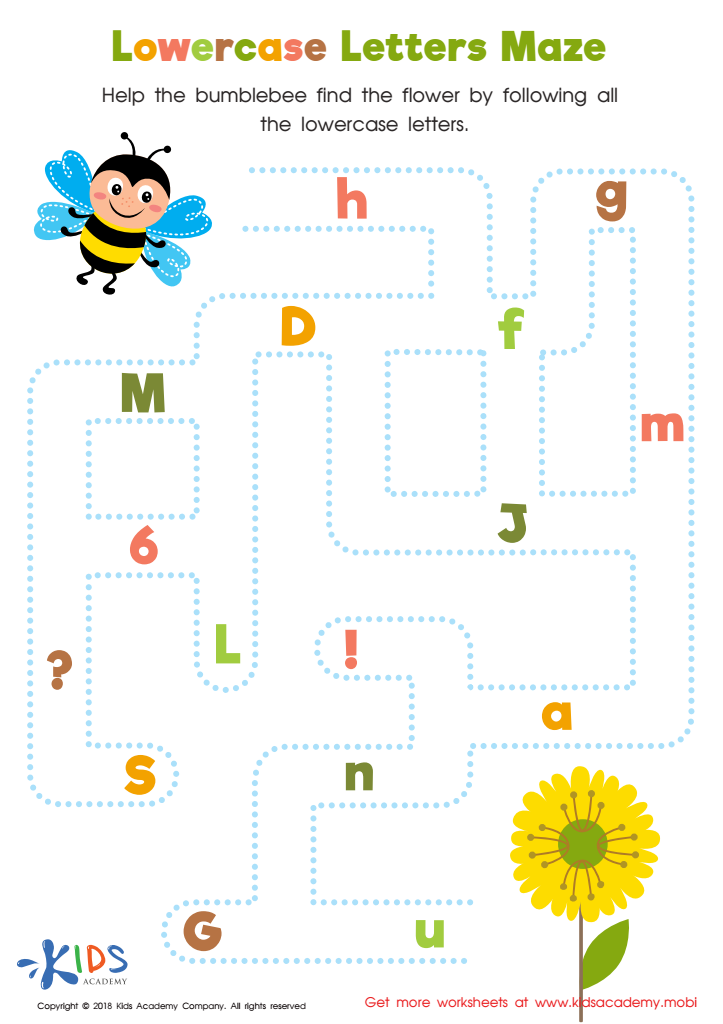

Lowercase Letters Maze Worksheet
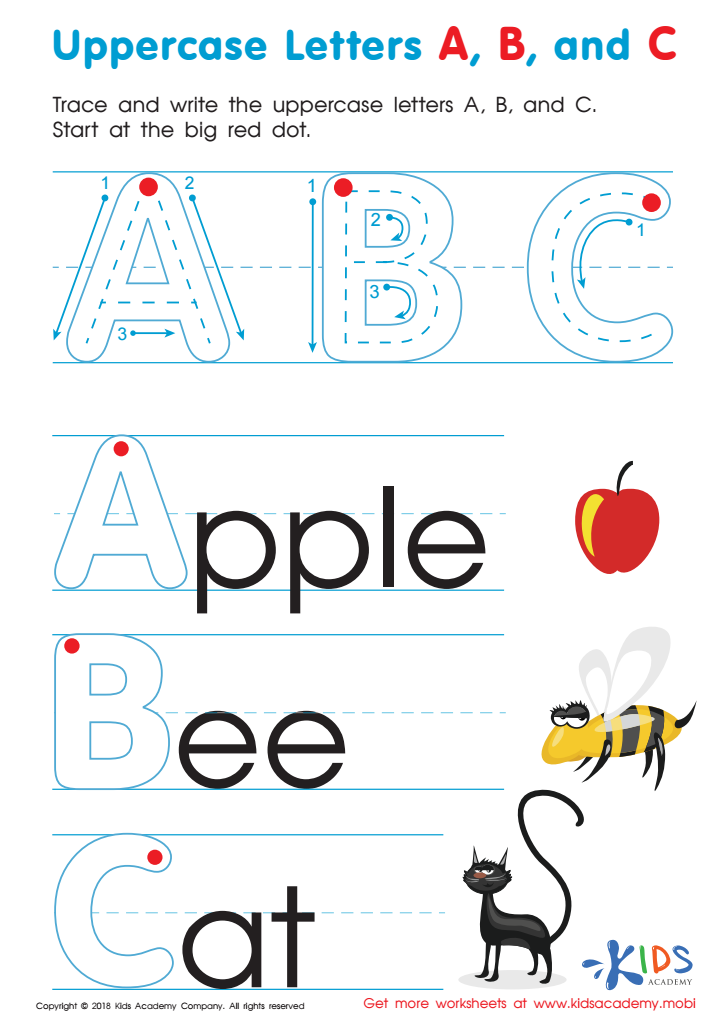

Uppercase Letters A, B, and C Worksheet
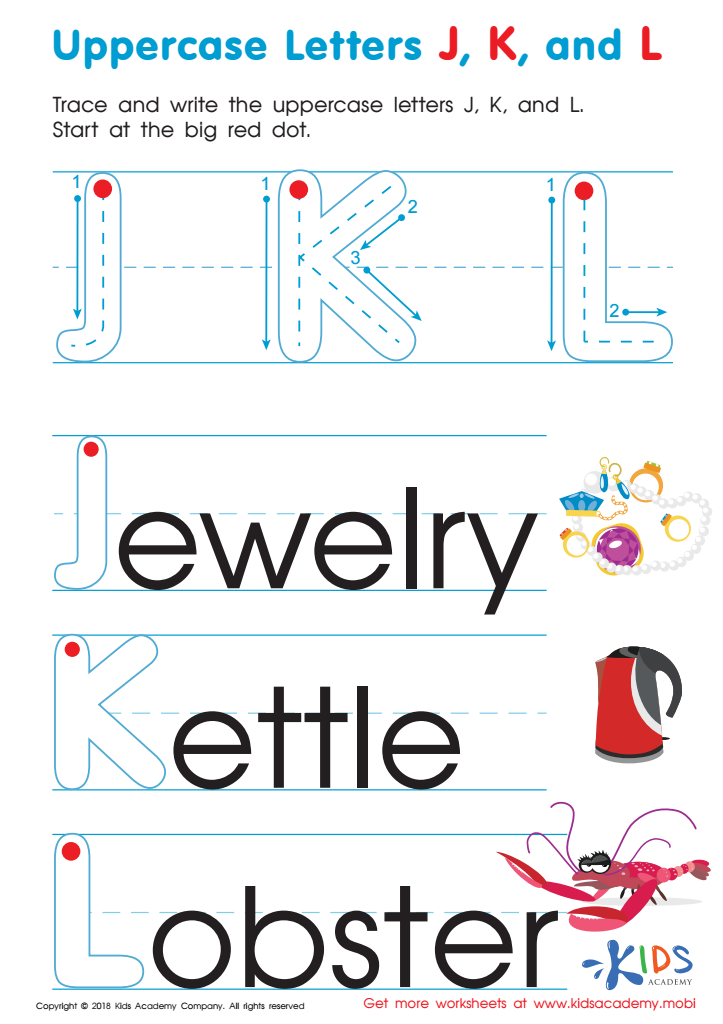

Uppercase Letters J, K, and L Worksheet
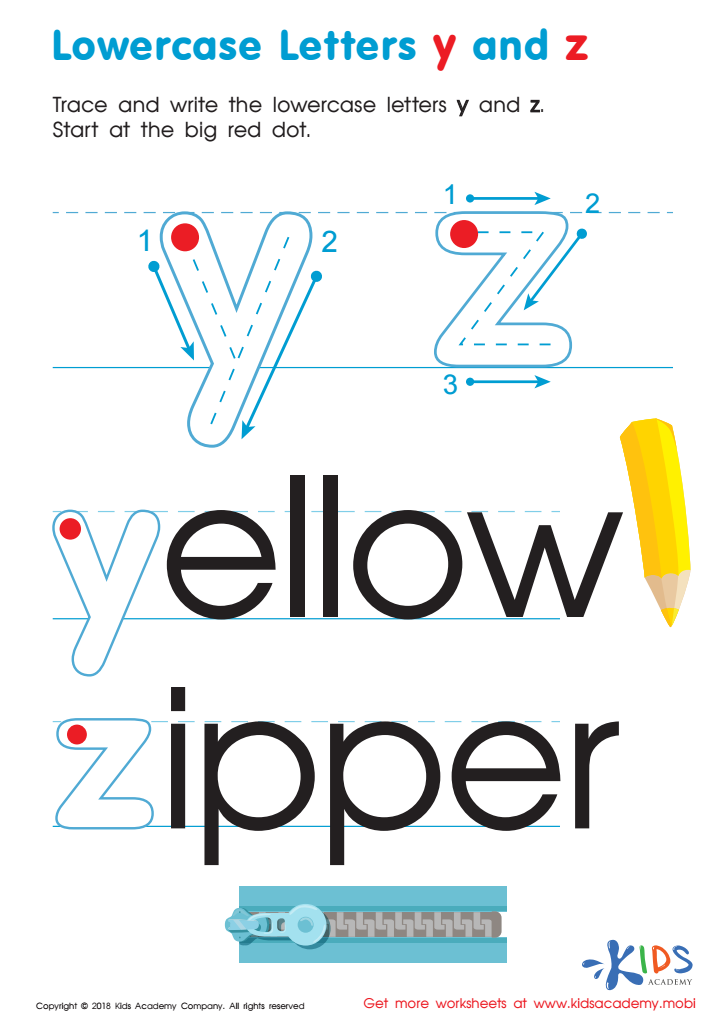

Lowercase Letters y z Worksheet
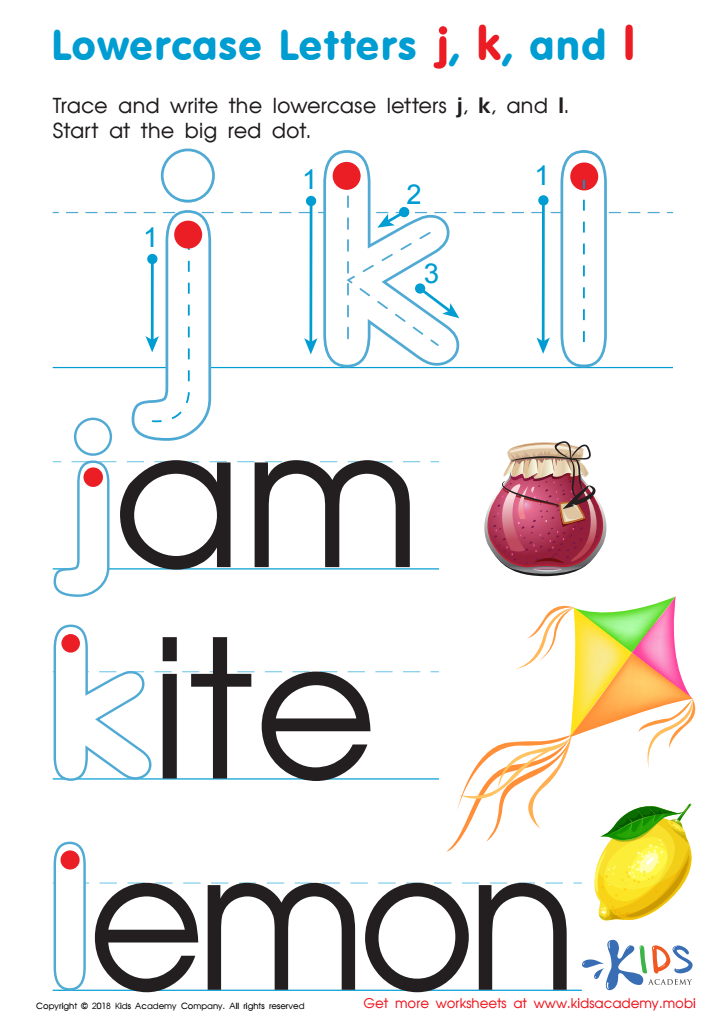

Lowercase Letters j k l Worksheet
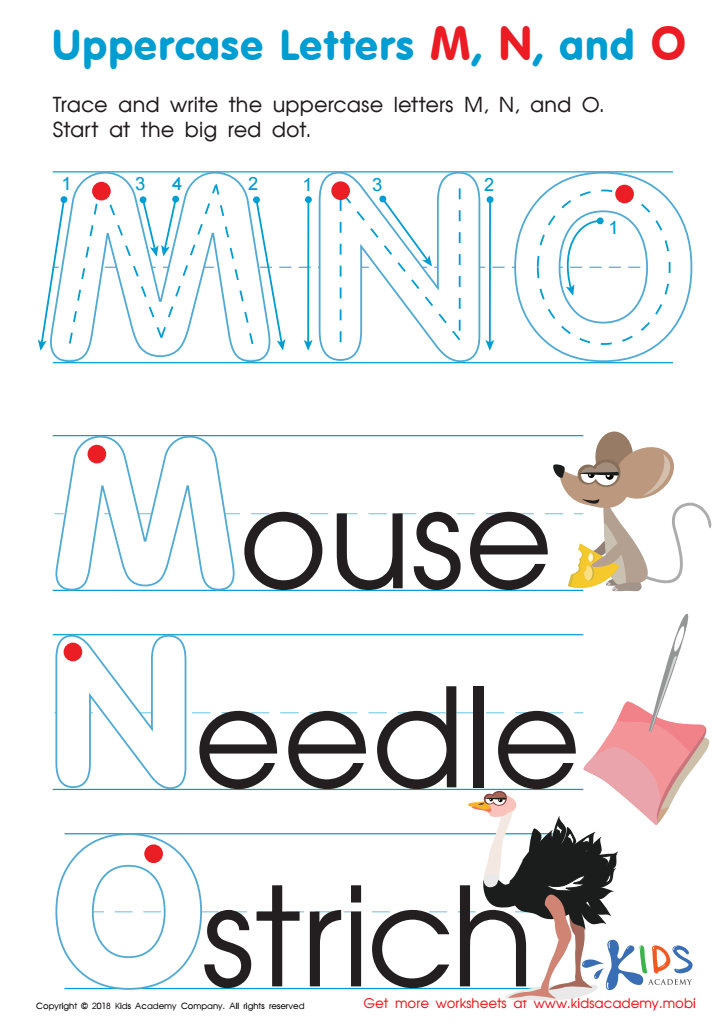

Uppercase Letters M, N, and O Worksheet
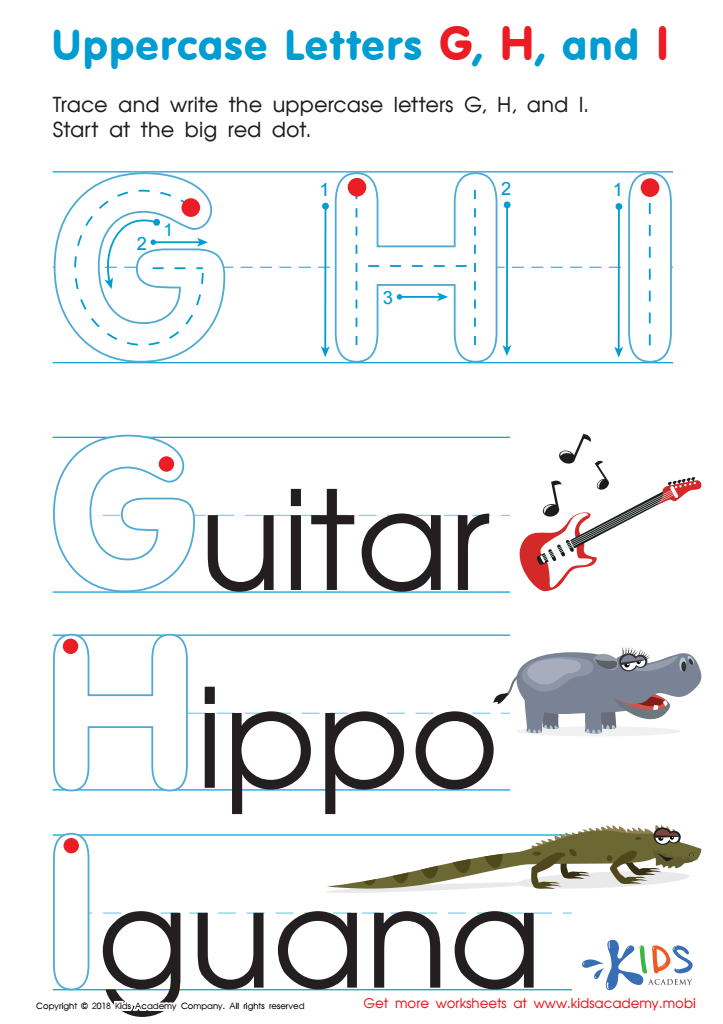

Uppercase Letters G, H, and I Worksheet


Find Uppercase Letters P, Q, and R Worksheet
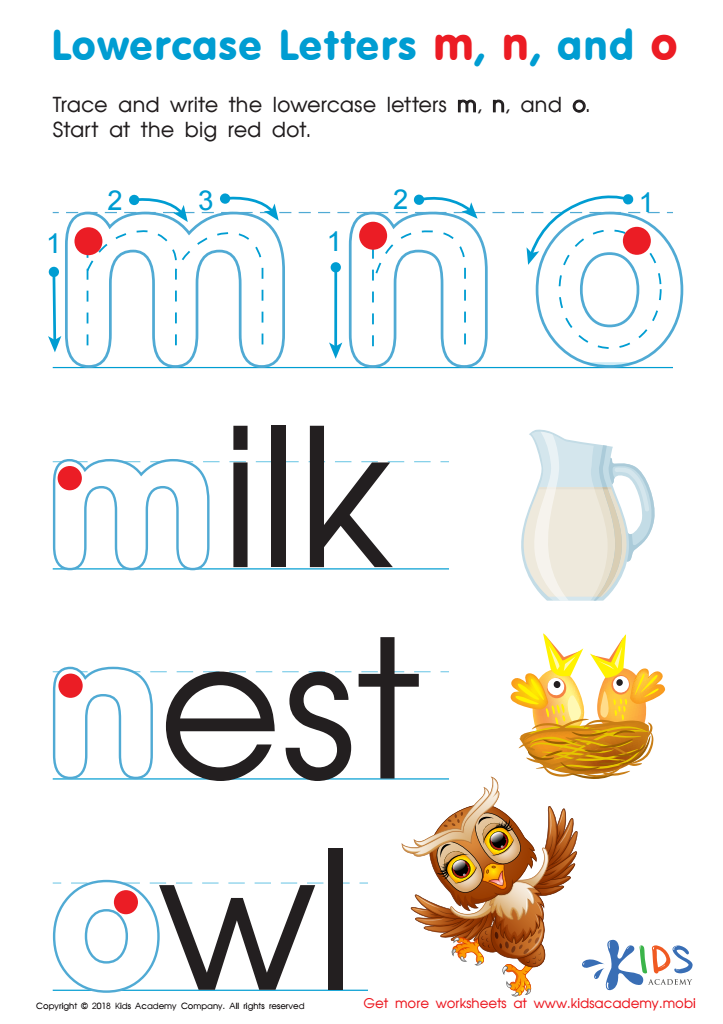

Lowercase Letters m n o Worksheet
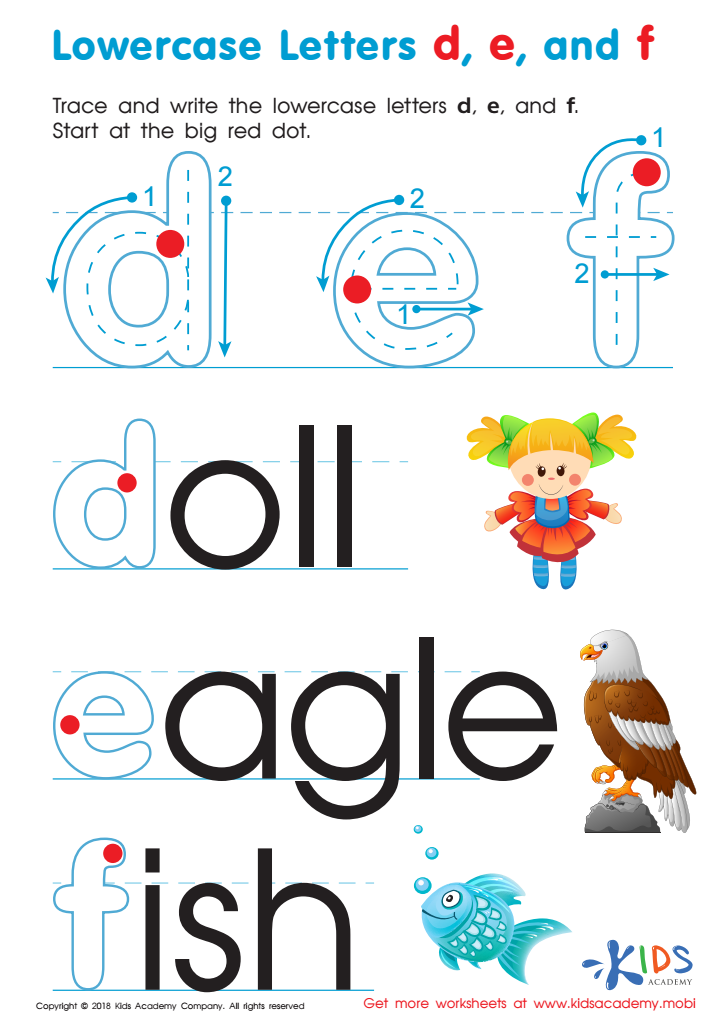

Lowercase Letters d e f Worksheet


Uppercase Letters P, Q, and R Worksheet
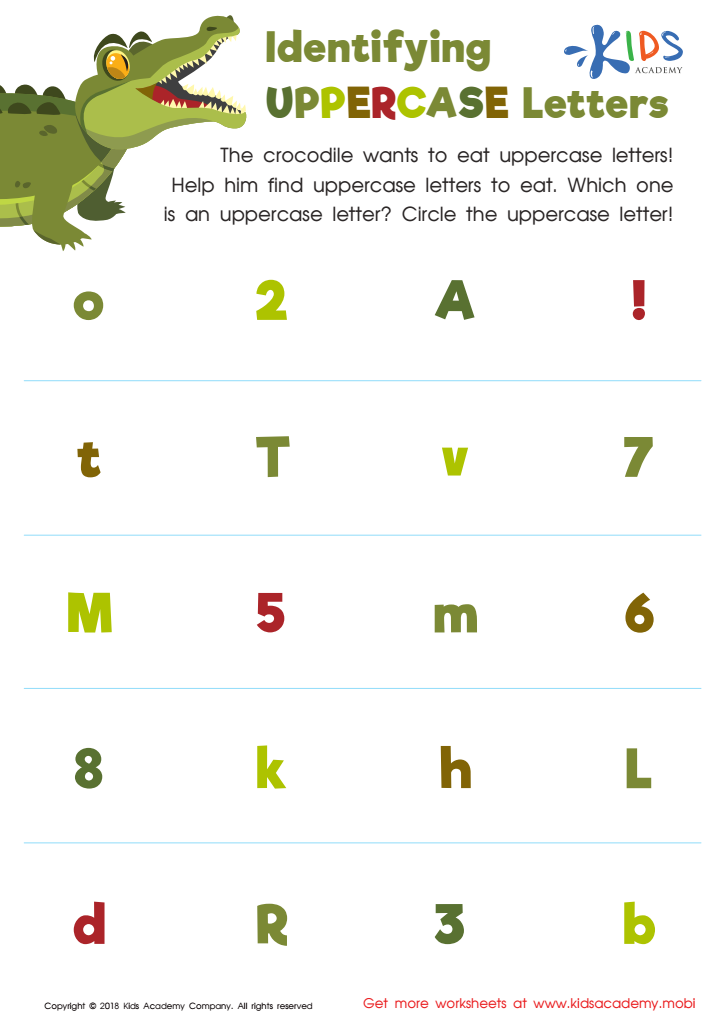

Identifying Uppercase Letters Worksheet
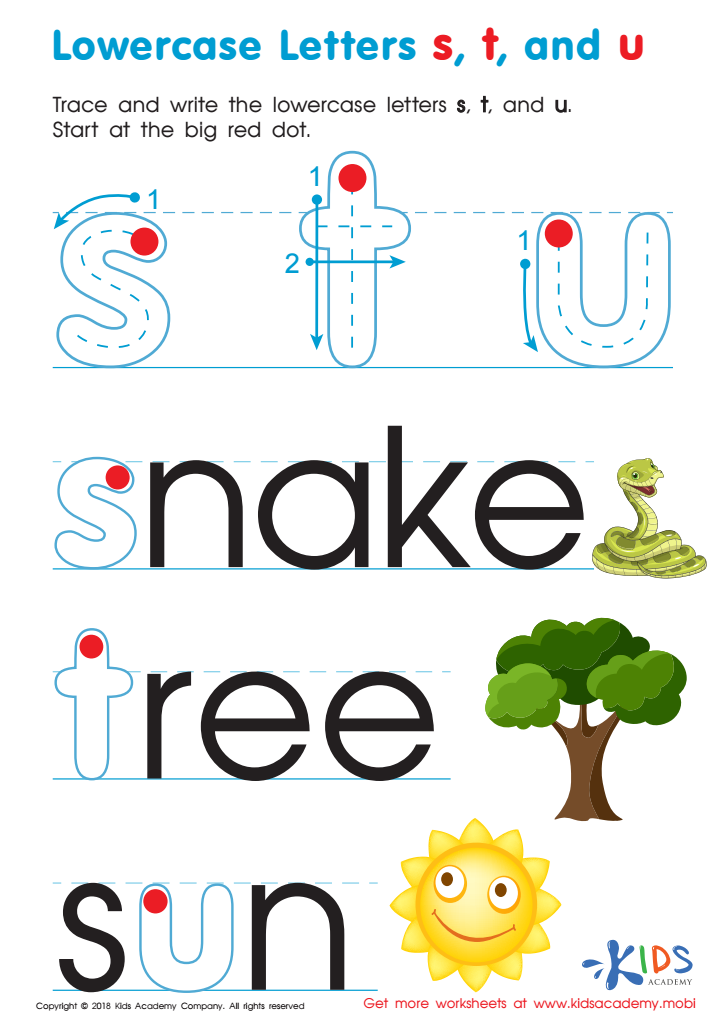

Lowercase Letters s t u Worksheet
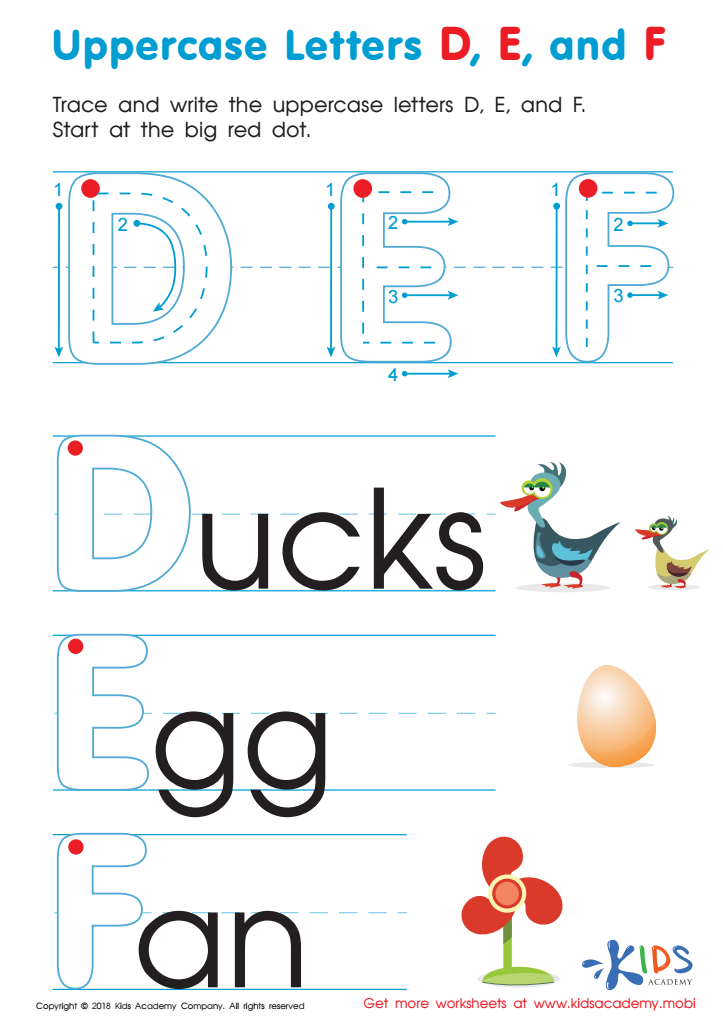

Uppercase Letters D, E, and F Worksheet
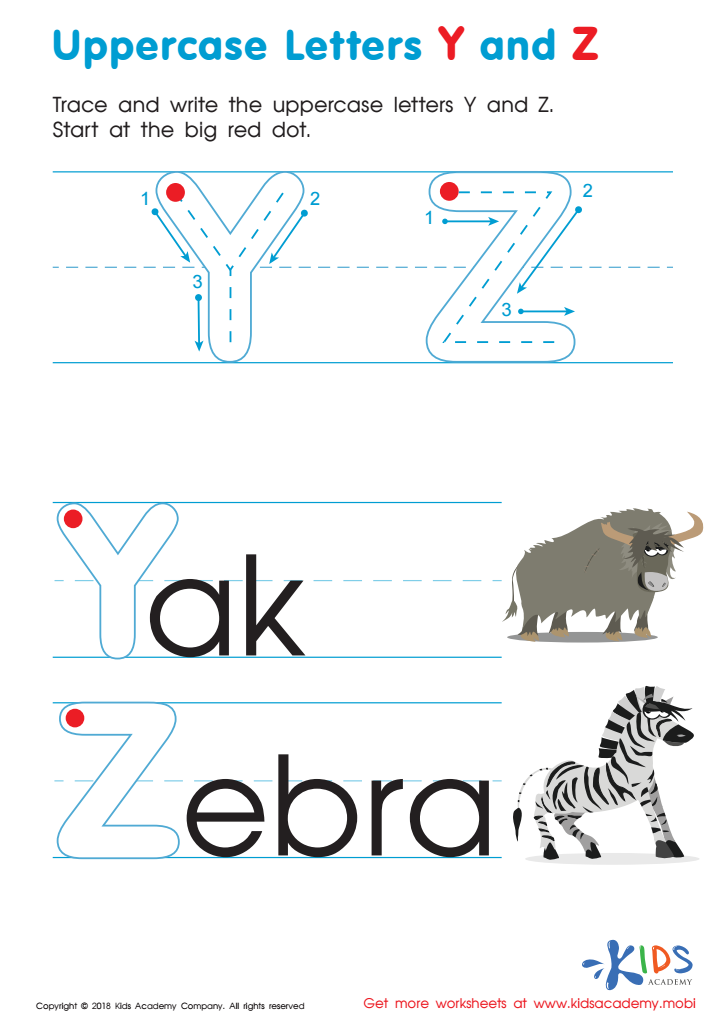

Uppercase Letters Y Z Worksheet
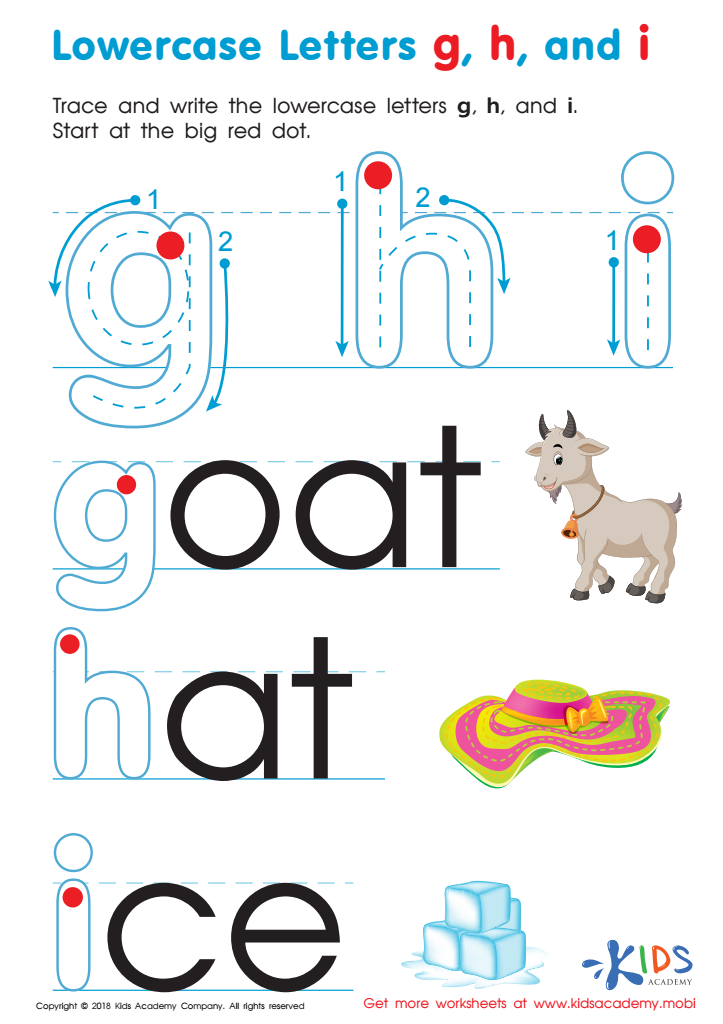

Lowercase Letters g h i Worksheet
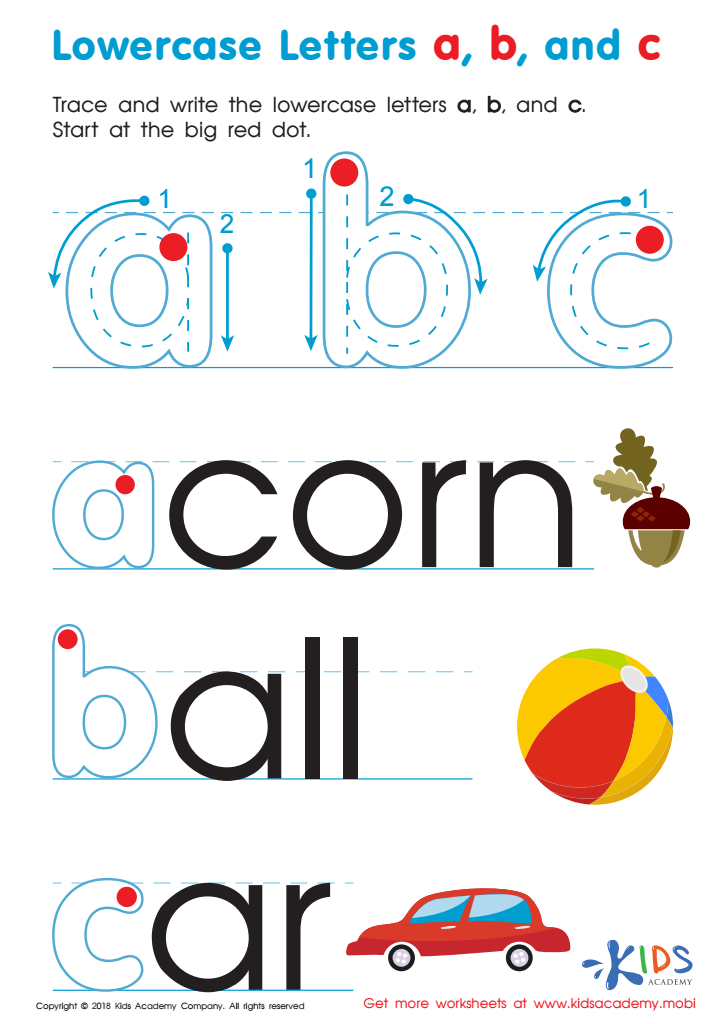

Lowercase Letters a b c Worksheet
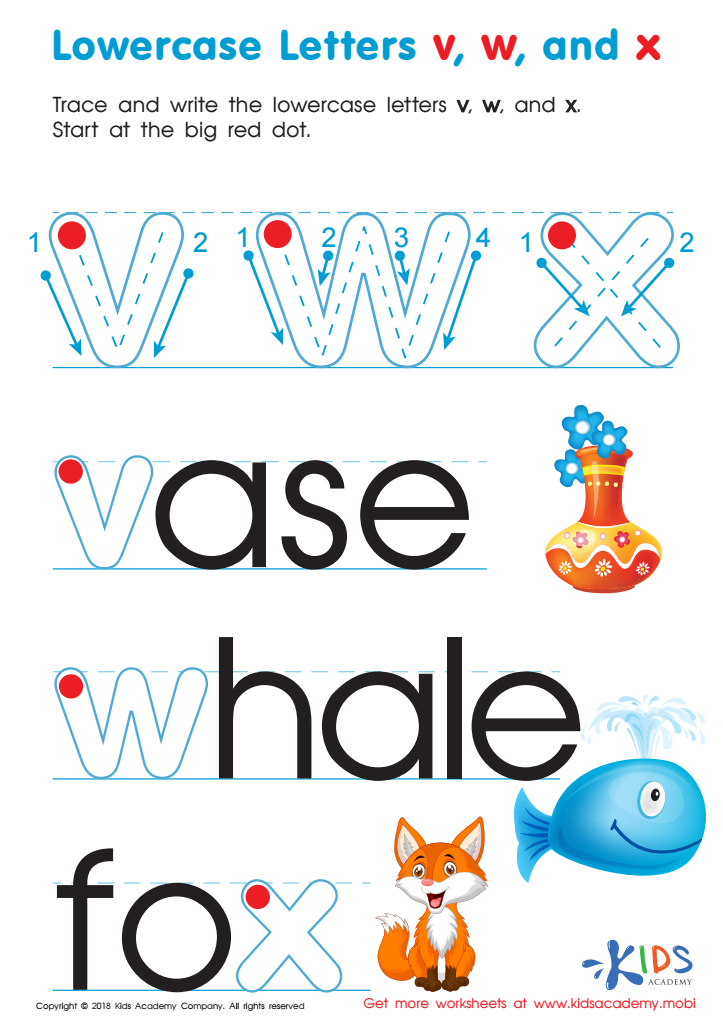

Lowercase Letters v w x Worksheet
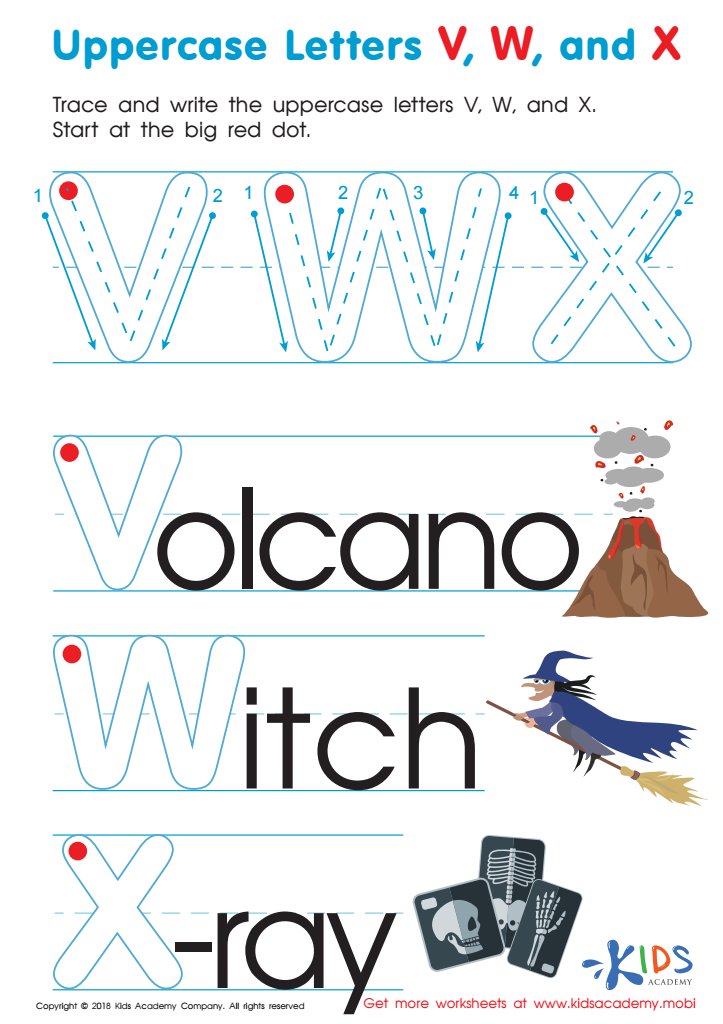

Uppercase Letters V, W, and X Worksheet
Alphabet recognition, involving both uppercase and lowercase letters, is a crucial foundational skill for young children ages 4-8. This fundamental competence serves as the building block for many aspects of literacy development. Firstly, knowing the alphabet is critical for phonemic awareness—the ability to hear, identify, and manipulate individual sounds in spoken words. Recognizing letters and their corresponding sounds enables children to understand how sounds form words, which is essential for reading and spelling.
Additionally, alphabet recognition facilitates the development of handwriting skills. By distinguishing between uppercase and lowercase letters, children learn proper letter formation, which promotes clearer and more effective written communication. This familiarity also accelerates the learning process for spelling and word recognition, making it easier to progress from sounding out letters to reading full sentences.
For parents and teachers, fostering alphabet recognition helps identify early literacy challenges, allowing for timely intervention. Reinforcing these skills at an early age sets the stage for future academic success. It also builds confidence and fosters a love for learning, as children who recognize letters feel more competent, engaged, and motivated to tackle reading and writing tasks.
Effective instruction in alphabet recognition thus paves the way for robust language development, ensuring children are well-equipped to navigate more complex literacy skills in later grades.
 Assign to My Students
Assign to My Students
